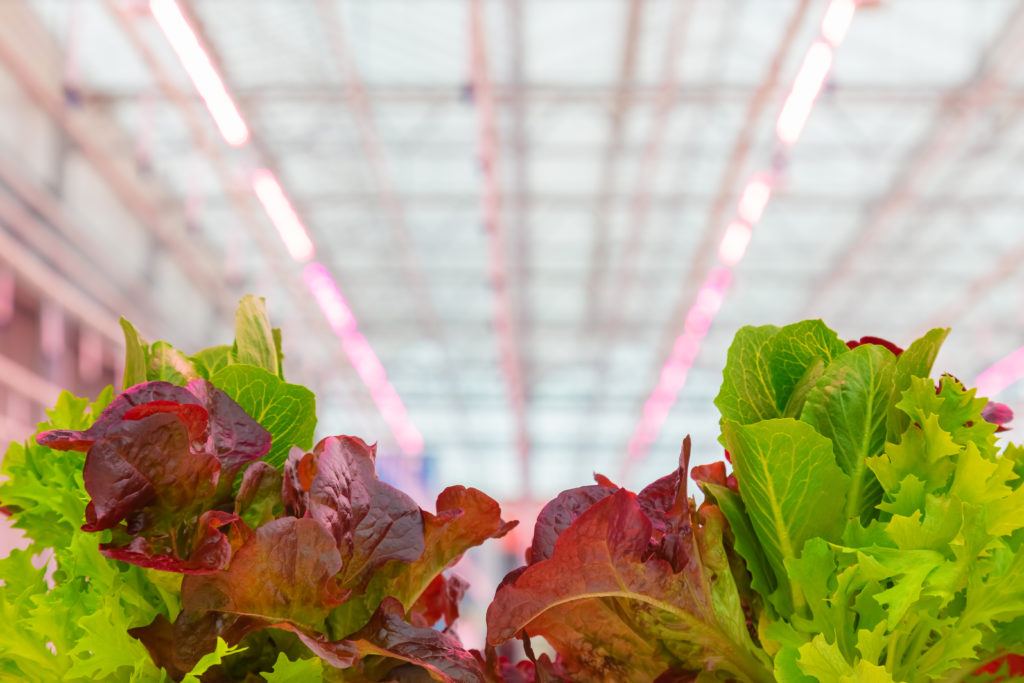With a flood of LED lighting products now on the market, it can be hard to distinguish what makes for a high quality, dependable horticultural LED system that gets you the results that you are looking for. Unfortunately, not all LED luminaires are created equal, and there are a few things a grower should be on the look for when researching LED luminaire manufacturers. Doing your due diligence before committing to a lighting installation can save you headaches and money in the long run. We have worked with countless growers who have installed cheap, inferior-quality lights that begin failing soon after installation. Aokairuisi Grow Team has been manufacturing lighting systems for 11 years – so you know we are dependable and that our products are built to last. There are many reasons growers want to invest in LED lighting―including increased light and energy efficiency, lower heat loads, improving plant morphology and dimming and daisy–chaining capabilities. Let’s take a look at the big picture, so you will know what to look for when purchasing LED luminaires and some of the hidden costs that can sometimes be associated with LED installations.
1. Is the Luminaire Certified?
One of the first things you should be doing, is checking to ensure that the luminaires you are purchasing are safety certified. You should check for UL certification . All reputable horticultural LED lighting companies will have their products rated by recognized bodies for both safety and energy efficiency. ( Aokairuisi LED grow lights are UL, CE and RoHS approved )
What is UL certification? If a product comes with a UL sticker, it signifies that it has passed specific safety requirements for use in the intended application. These standards ensure that products have been rigorously tested to ensure they don’t pose a safety hazard. If a product is UL listed, it is deemed safe for use when installed in accordance with electrical code requirements. If a luminaire does not have UL certification, it would be wise to consider an alternate luminaire, from a reputable manufacturer, that is certified.
2. Energy costs
LED luminaires use far less energy than traditional horticultural lighting, up to 43% less than an HPS luminaires, making them an easy choice for growers who may be limited by power consumption or are looking to save money on energy costs. One thing to remember though, is that if you grow heat loving crop such as tomatoes or cannabis, you will need to add extra heat in the winter months to make up for the lack of radiant heat from the luminaires. This is because LEDs do not have the ability to produce radiant heat like HPS luminaires, and this can mean supplementing with extra heat from natural gas or electricity in the cold months.
Lighting with HPS luminaires offers the advantage of producing radiant heat which helps to offset the cost of heating the greenhouse, and can mean energy savings for cold climate growers. In addition, the plants benefit greatly from radiant heat since it directly affects leaf temperature.
However, in cases where the crop requires cool temperatures, such a leafy greens or microgreens, LEDs might be better suited to their growing needs because they keep the crop cooler. Ultimately, a grower should consider all the factors before deciding on one technology vs. another for their application. It is critical that one weighs the initial incremental capex costs (including labour and any additional infrastructure like extra track or wiring) vs. the overall impact on annual energy consumption when calculating the ROI.
Another option that growers should consider is a hybrid installation (combination of LED & HID luminaires) which provides the flexibility to take advantage of the radiant heat from the HID lighting, but also to extend the supplemental lighting period longer into the spring by using the LED lights only when outside temperatures and daylight hours increase. A hybrid system also reduces the initial capex and can allow a grower to further manage costs by maintaining their existing infrastructure.
3. Are the LEDs actually made for plants?
Some lighting companies who produce and sell lighting for homes, office, or other business applications have also tried to capture the horticultural market by claiming to produce horticultural lighting. Many of these companies sell horticultural lighting at cheaper prices because they have been built with cheap parts and LED diodes not made for plant growth. In fact, we often come into many greenhouses/warehouses who have bought cheap lighting products that fail or don’t produce results.
So before investing money into a lighting system, be certain that the light emitted is in the PAR range. You can get datasheet from the company which you want to buy grow lights and do some background research, see if they’re experienced and professional and get other growers’ opinions on the products.

